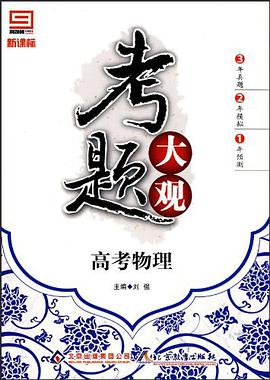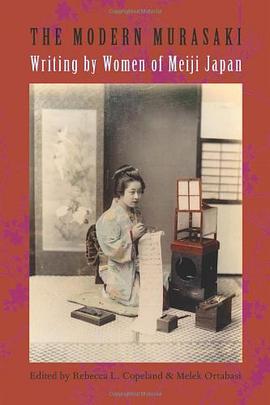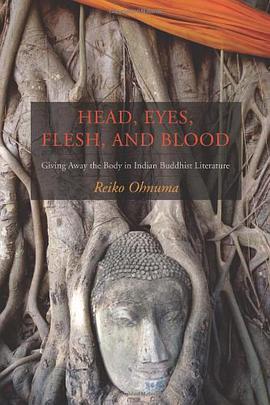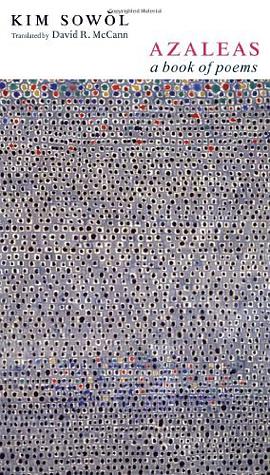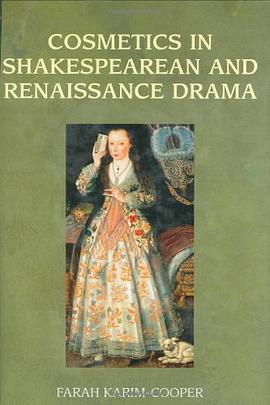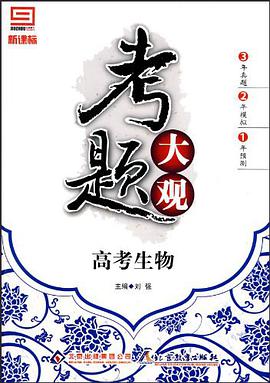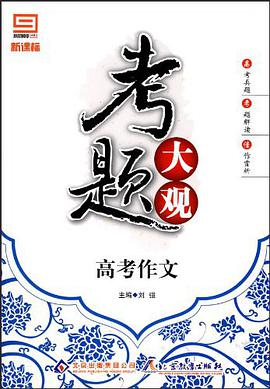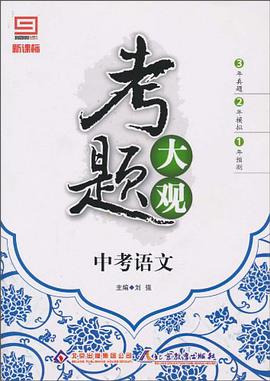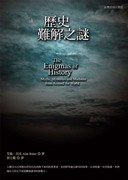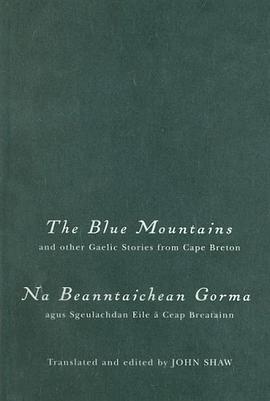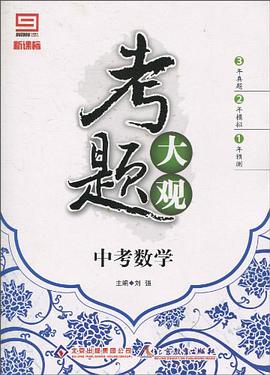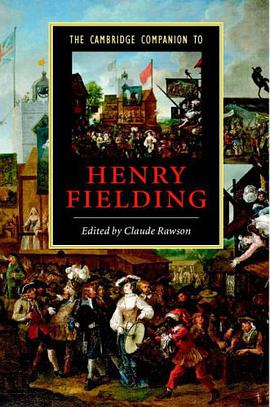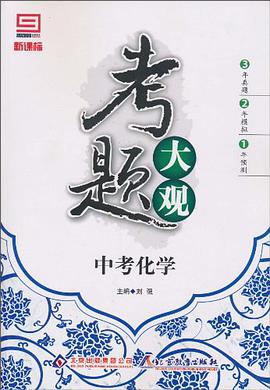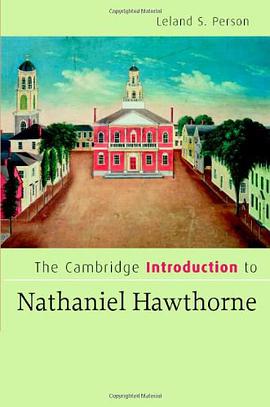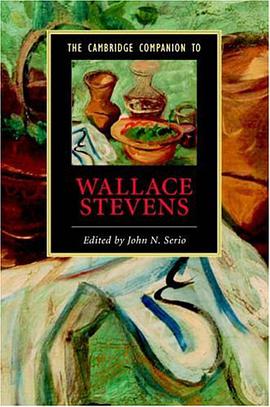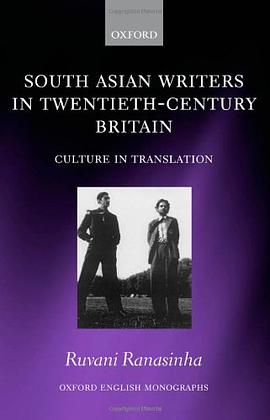

South Asian Writers in Twentieth-Century Britain is the first book to provide a historical account of the publication and reception of South Asian anglophone writing from the 1930s to the present, based on original archival research drawn from a range of publishing houses. This comparison of succeeding generations of writers who emigrated to, or were born in, Britain examines how the experience of migrancy, the attitudes towards migrant writers in the literary market place, and the critical reception of them, changed significantly throughout the twentieth century. Ranasinha shows how the aesthetic, cultural, and political context changed significantly for each generation, producing radically different kinds of writing and transforming the role of the postcolonial writer of South Asian origin. The extensive use of original materials from publishers' archives shows how shifting political, academic, and commercial agendas in Britain and North America influenced the selection, content, presentation, and consumption of many of these texts. The differences between writers of different generations can thus in part be understood in terms of the different demands of their publishers and expectations of readers in each decade. Writers from different generations are paired accordingly in each chapter: Nirad Chaudhuri (1897-1999) with Tambimuttu (1915-83); Ambalavener Sivanandan (born 1923) with Kamala Markandaya (born 1924); Salman Rushdie (born 1947) with Farrukh Dhondy (born 1944); and Hanif Kureishi (born 1954) with Meera Syal (born 1963). Raja Rao, Mulk Raj Anand, Attia Hosain, V.S Naipaul, and Aubrey Menen are also discussed.
具體描述
讀後感
評分
評分
評分
評分
用戶評價
相關圖書
本站所有內容均為互聯網搜索引擎提供的公開搜索信息,本站不存儲任何數據與內容,任何內容與數據均與本站無關,如有需要請聯繫相關搜索引擎包括但不限於百度,google,bing,sogou 等
© 2025 qciss.net All Rights Reserved. 小哈圖書下載中心 版权所有

